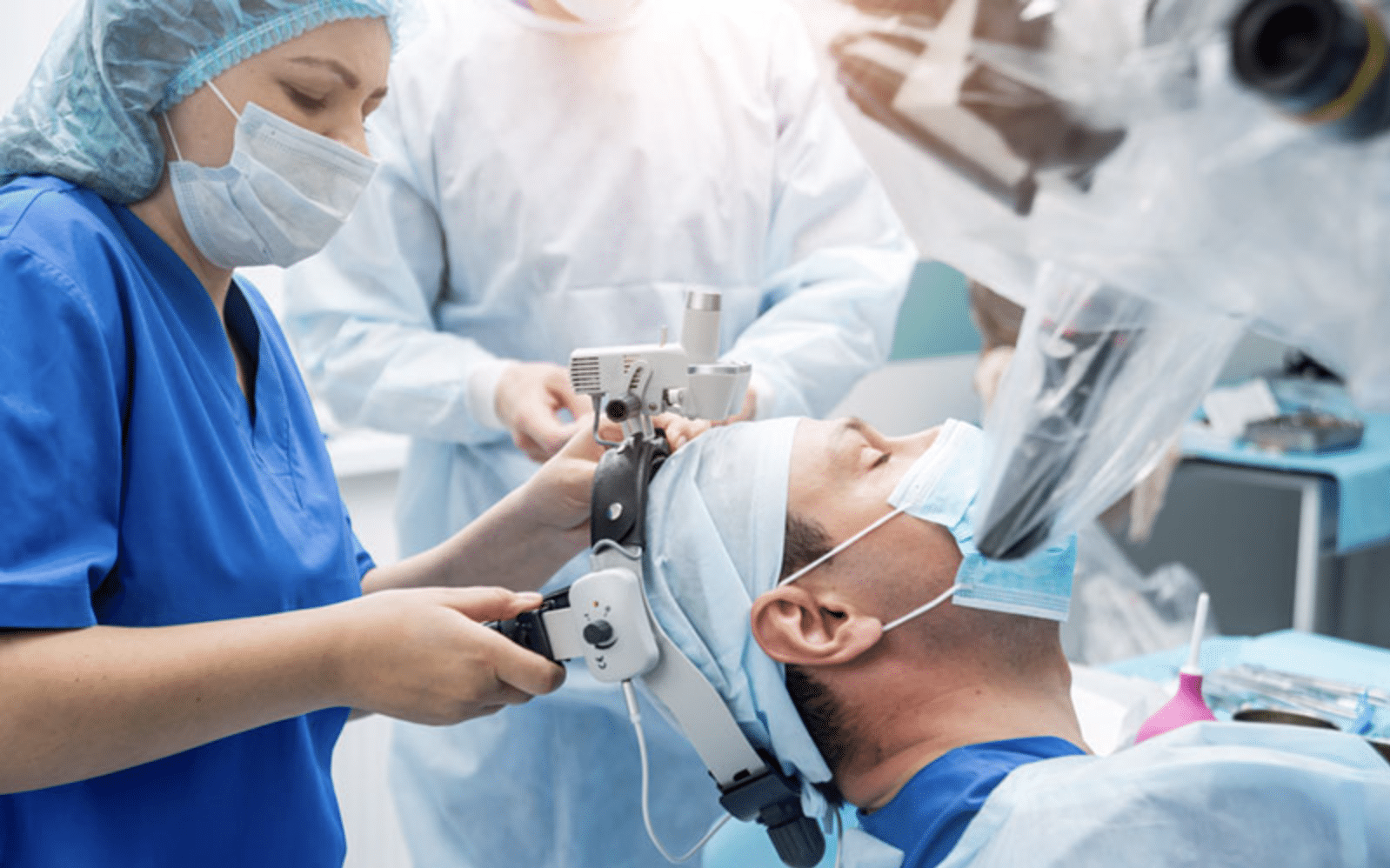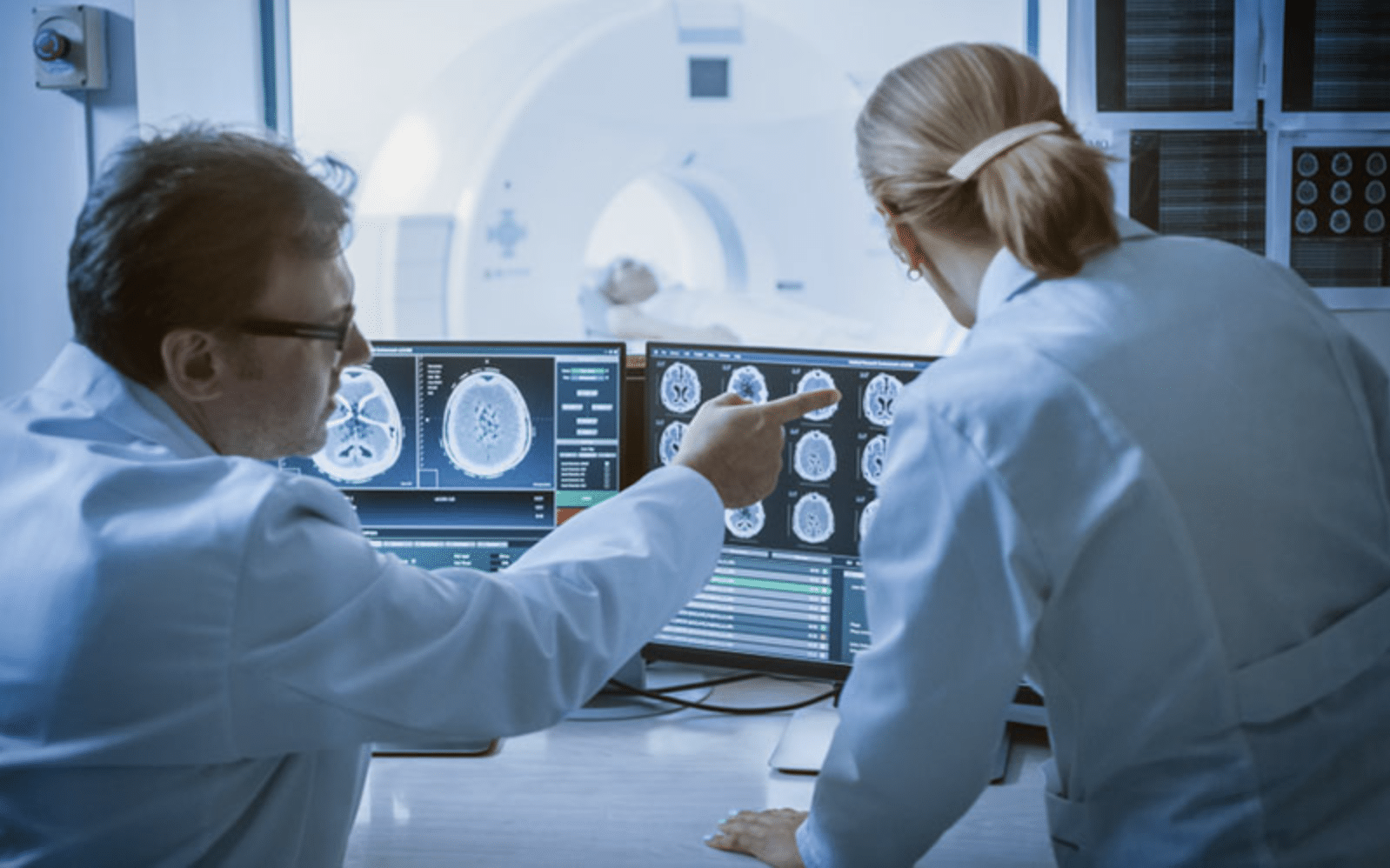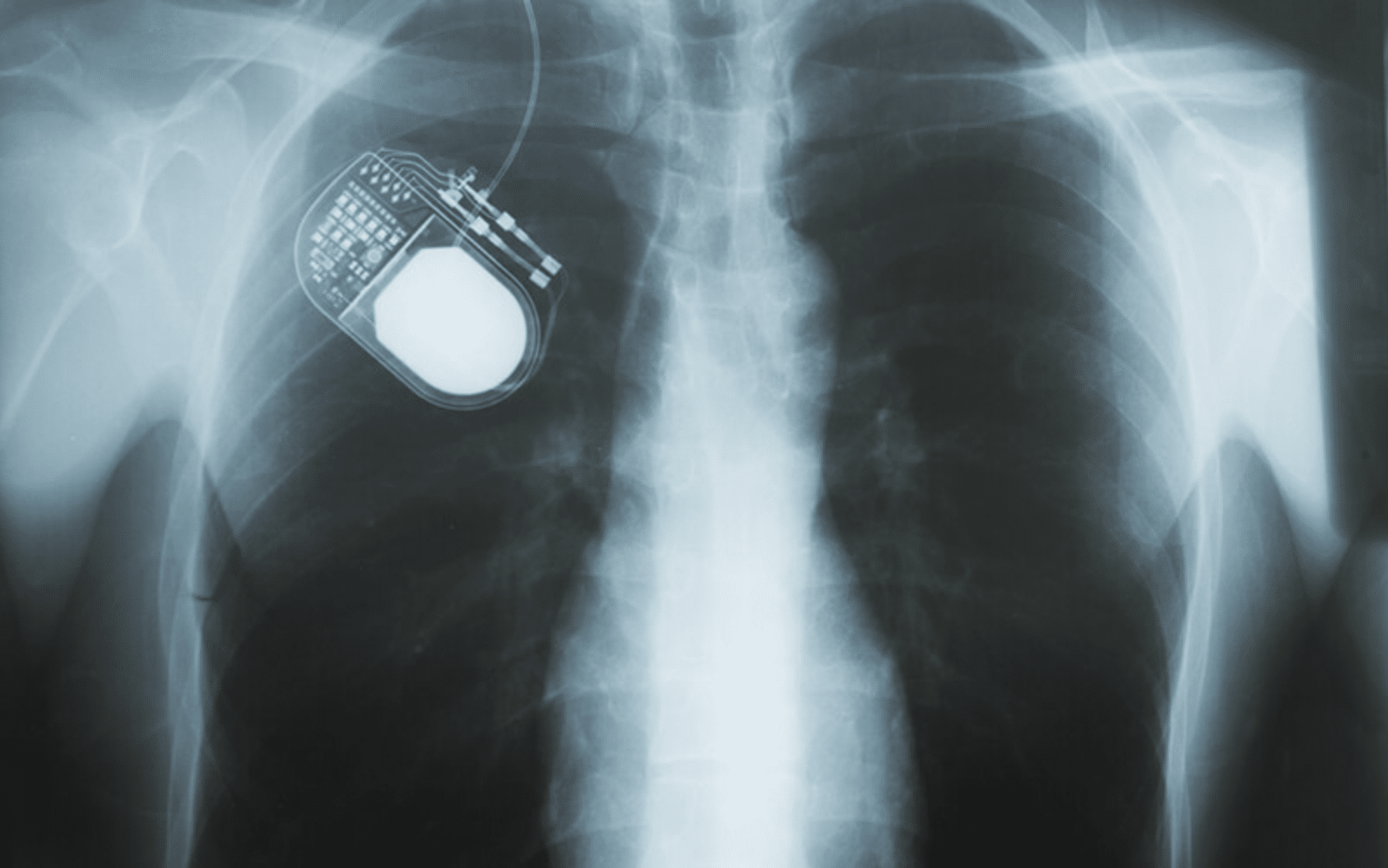Essential Tremor Treatments / Procedures
If you are still experiencing shaking in your hands, your head, and even your voice after trying traditional treatment options for essential tremor, you may find yourself feeling hopeless. While medications and therapy can be effective for some, those with more severe tremors may need to progress to surgical treatment in order to find the relief they so desire.
Surgery may sound intimidating, especially considering that these procedures are focused on the brain. But, without a cure available, essential tremor surgery may be your best option for preserving and improving your quality of life while living with your condition.
If you’re at the stage where you’re considering essential tremor brain surgery, use this guide to learn more about the treatment options, their pros and cons, and the risks associated with each procedure, so that you can make a more informed decision. Use the links below to navigate directly to a specific treatment or read from start to finish to learn more about all your options.
Contents
Essential Tremor Surgery: How Surgical Treatment Can Help
As with any condition, surgery is typically a last resort when your essential tremor is not responsive—or sufficiently managed—by other treatment options. Fortunately, there are several essential tremor surgeries that can help you find relief from your symptoms.
According to UCLAhealth.org, there are several surgeries available for essential tremors, depending on your specific symptoms and severity of your condition. Essential tremor brain surgery options include:
- Thalamotomy
- Focused ultrasound
- Gamma-knife surgery
- Deep brain stimulation
These procedures focus on treating the root of the issue causing this movement disorder in order to provide relief to patients.
Thalamotomy
Thalamotomy is an essential tremor surgery that is performed to destroy part of the thalamus (the portion of the brain that is responsible for relaying motor and sensory signals), in order to minimize tremors. . The small portion in the brain is destroyed using small wires and heat that’s generated to burn this tissue, cutting off activity in that part of the brain.

Pros
- Thalamotomy is FDA cleared for essential tremor.
- Thalamotomy has been proven to help reduce the symptoms of essential tremor.
Cons
- Thalamotomy is only used to treat one side of the body, because performing this procedure on both sides of the brain raises the risk of serious complications.
- Undergoing thalamotomy may limit your future treatment options because it permanently destroys a portion of the brain.
Side Effects
There are several side effects that you may encounter after undergoing thalamotomy, including:
- Weakness
- Speech problems (in severe cases patients may even become mute)
- Cognitive thinking problems and confusion
- Balance problems
Generally speaking, less invasive and modernized treatment methods are recommended before trying thalamotomy to address essential tremor symptoms.
Focused Ultrasound
Focused ultrasound is a non-invasive procedure that harnesses the power of ultrasound and magnetic resonance imaging (MRI) to treat essential tremor. During the procedure, these waves are concentrated on the part of the brain tissue within the thalamus that is causing the tremor. These focused waves of energy create heat, which then destroys the brain tissue.
Pros
According to the Focused Ultrasound Foundation, there are several advantages of undergoing this surgery:
- The procedure is labeled as non-invasive (no incisions or hole required) and no anesthesia is necessary.
- Using the MRI allows for a highly targeted procedure, preventing surrounding brain tissue from accidentally being destroyed.
- It is an outpatient procedure. Typically, patients can go home within a few hours of surgery and return to normal activities the next day.
- Focused ultrasound has been cleared by the FDA for essential tremor.
- Many patients who undergo focused ultrasound find relief from their symptoms quickly.
Cons
While patients can avoid risks like bleeding, blood clots, and infection that are commonly associated with other surgical procedures, that doesn’t mean focused ultrasound is free of potential drawbacks. According to Cleveland Clinic, some of these disadvantages include:
- Requires a shaved head
- Some patients experience changes in brain function after a focused ultrasound.
- Focused ultrasound is not recommended for patients who cannot undergo MRI (individuals with pacemakers, cochlear implants, etc.).
- Treatment may not be a permanent solution. Patients may see their tremors return within a few years or just a few months after treatment.
- It is not always effective.

Side Effects of Focused Ultrasound
There are certain side effects you should be aware of if you are considering focused ultrasound for essential tremors, including:
- Headache during surgery
- Numbness or tingling in fingertips and lips
- Nausea
- Difficulty speaking
- Difficulty swallowing
- Balance issues
Despite the risk of these side effects occurring, it is important to note that they are typically temporary.
Deep Brain Stimulation (DBS)
Deep brain stimulation (DBS) is a surgical procedure that entails two parts: brain surgery and chest surgery. First, electrodes are placed in the brain in order to control movements. Once electrodes are placed in the brain, a stimulator is placed in the chest and connected to the wires that are attached to the electrodes. This works to block nerve signals that cause tremors.

Pros
Some of the most notable advantages of deep brain stimulation include:
- DBS has been shown to reduce essential tremor symptoms significantly.
- DBS is a highly personalized treatment and can be recalibrated if your condition changes.
- During DBS, other parts of the brain are not affected.
Cons
Because DBS is an invasive procedure, it is associated with several notable disadvantages that patients should weigh carefully, including:
- DBS is an invasive procedure that requires more downtime than minimally invasive alternatives.
- Serious surgical risks including brain bleeding, heart problems, and infection.
- DBS is not recommended for patients with dementia as it can affect memory function.
Side Effects
In addition to surgical risks, there are several side effects you may experience after DBS:
- Headaches
- Risk of stroke and seizures
- Confusion and difficulty concentrating
Other Steps to Try Before Surgery
If you want to exhaust all of your options before attempting essential tremor surgery, there are a few other treatments you can try. Above and beyond medications, these treatments have been shown to help with essential tremor:
BOTOX
In addition to these surgical procedures, botulinum toxin—most commonly known by the popular brand name BOTOX— may also be a minimally invasive treatment option to consider. According to the International Essential Tremor Foundation, BOTOX can be used to treat essential tremor by injecting it into the affected muscles. Once BOTOX is injected, it disrupts the connection between the nerve and muscles, helping to control the tremor.
According to a study by the Parkinson’s Disease Center and Movement Disorders Clinic at the Baylor College of Medicine, one of the main advantages of BOTOX for essential tremor is the absence of major side effects. However, it can cause muscle weakness where injected.
It is important to note that BOTOX is only a short-term solution as it needs to be readministered approximately every three months.
Non-Invasive Targeted Therapy
Cala Trio™ is a wrist-worn device that targets the source of your tremor through peripheral nerve stimulation. It is cleared by the FDA as a Class II Medical Device and can reduce short-term tremor symptoms for up to an hour after a single 40-minute stimulation session. In one clinical study, Cala Trio delivered meaningful tremor improvement in 75% of patients after a single 40-minute therapy session. Cala Trio is available only by prescription.
To use the Cala Trio, you simply wear it for 40 minutes, making it easy for you to use the device as needed throughout the day. Depending on your needs, you can get a band for one or both hands.
Get started with Cala Trio to see if it can help make essential tremors more manageable for you.
Finding the Right Surgical Solution for You
Deciding to undergo brain surgery for your essential tremor is a major step in your treatment. Committing to undergo surgery can be a difficult choice, especially for a condition like essential tremor which can significantly impair your daily life—fortunately, you don’t have to make it on your own. While this guide provides an overview of your essential tremor surgery options and their respective pros and cons, it’s important to consult your doctor in order to determine which treatment is best suited for your circumstances. After a thorough examination, they can help guide you to the best suited surgical solution, but the choice to move forward is up to you.
Keep in mind that post-surgery, you may need to continue taking medication. However, for individuals with severe essential tremor that make it nearly impossible to complete daily tasks—from drinking water and eating, to tying their shoes—surgery may be the best way to restore your quality of life and make living with essential tremor more manageable.